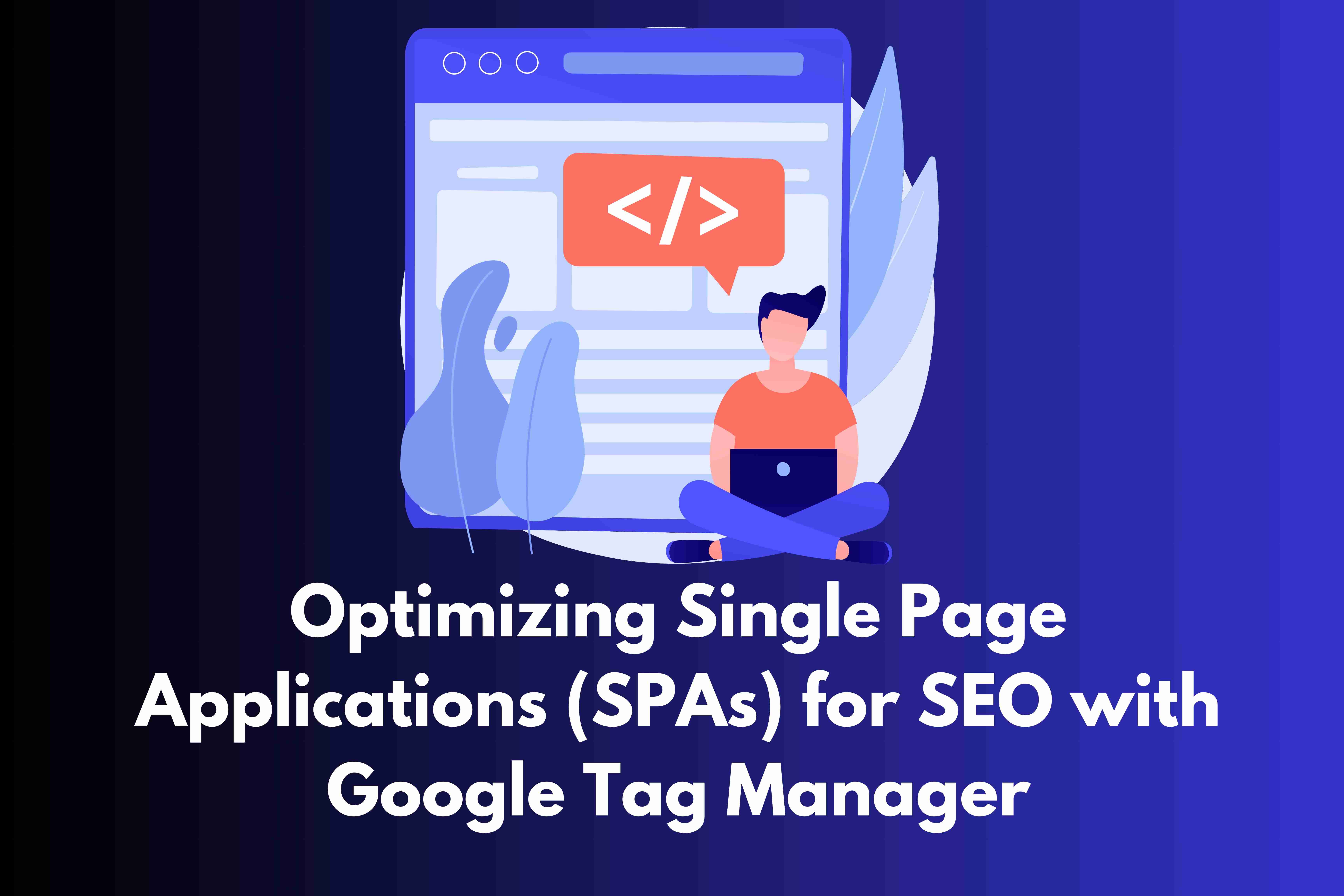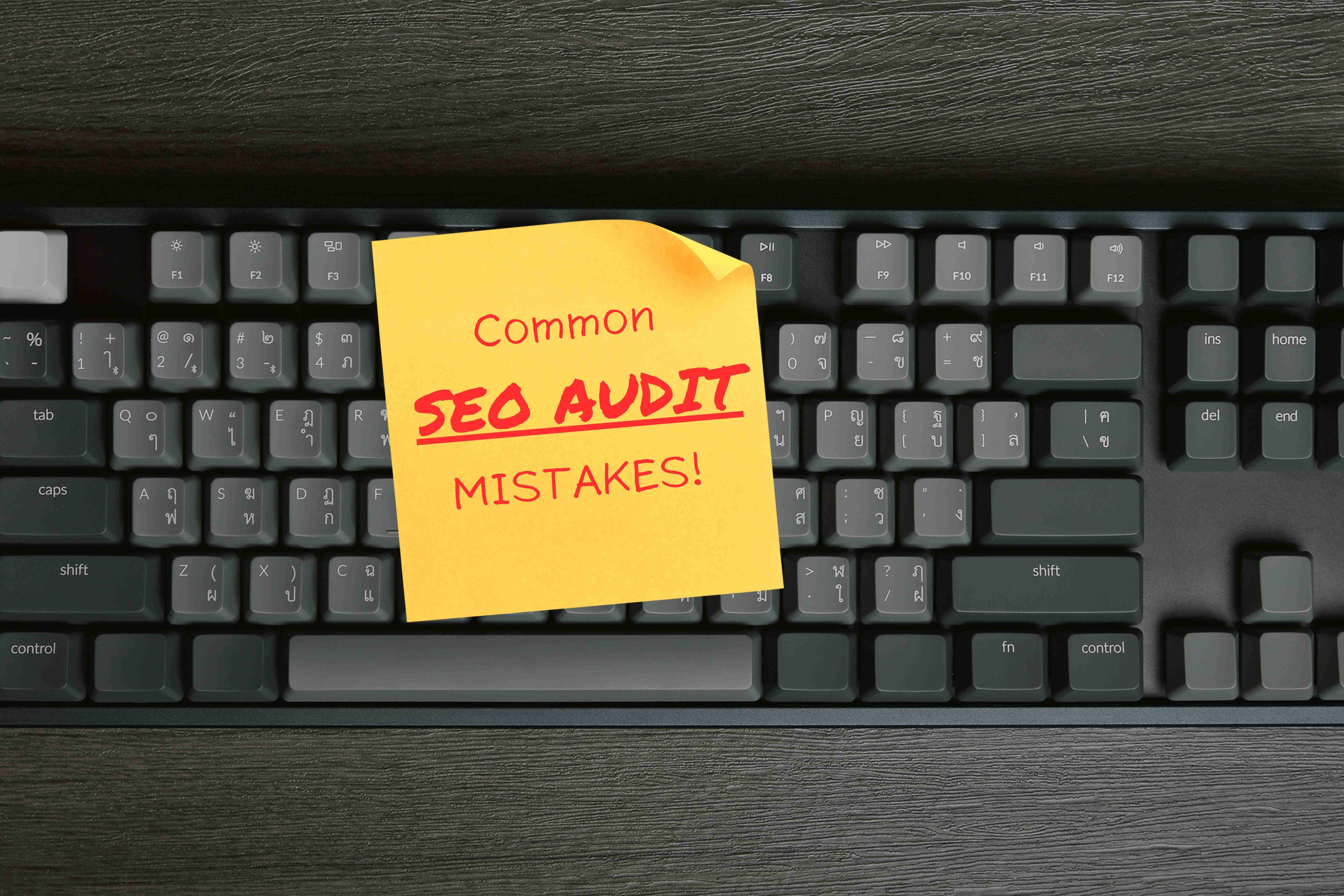Table of Contents
- Introduction
- Understanding Single Page Applications (SPAs)
- Challenges of SEO for SPAs
- Google Tag Manager (GTM) Overview
- How GTM Can Help Optimize SPAs for SEO
- Actionable Tips for SPA Optimization
- Latest SEO Trends for SPAs
- Conclusion
- About Don Hesh SEO
Introduction
Single Page Applications (SPAs) offer a seamless user experience by loading content dynamically without refreshing the entire page. However, this can pose significant challenges for SEO. This article explores how Google Tag Manager (GTM) can be used to optimize SPAs for better search engine visibility and organic traffic. We will discuss actionable tips and the latest SEO trends relevant to SPA optimization.
Understanding Single Page Applications (SPAs)
SPAs are web applications that load a single HTML page and dynamically update content as the user interacts with the app. Popular frameworks for building SPAs include React, Angular, and Vue.js. While SPAs provide a fast and fluid user experience, their dynamic nature can hinder search engine crawlers from indexing content properly.
Challenges of SEO for SPAs
- Content Loading: SPAs load content dynamically using JavaScript, which can be difficult for search engines to crawl and index.
- URL Handling: SPAs often use hash-based URLs or pushState for navigation, complicating the creation of unique URLs for different content sections.
- Meta Tags: Dynamically changing meta tags and titles can be challenging for SPAs, affecting SEO performance.
Google Tag Manager (GTM) Overview
Google Tag Manager is a powerful tool that allows you to manage and deploy marketing tags (snippets of code or tracking pixels) on your website without modifying the codebase. GTM provides an efficient way to manage tags for analytics, conversion tracking, and more, simplifying the process of updating and optimizing your site.
How GTM Can Help Optimize SPAs for SEO
- Tracking Page Views: GTM can help track virtual page views and user interactions in SPAs, ensuring that all content changes are recorded.
- Event Tracking: GTM allows you to set up event tracking for SPA interactions, providing valuable data for SEO analysis.
- Dynamic Meta Tags: GTM can be configured to dynamically update meta tags based on the content displayed, improving the SEO performance of SPAs.
- Schema Markup: GTM can inject structured data (schema markup) into SPA pages, enhancing their search engine visibility.
Actionable Tips for SPA Optimization
- Use Server-Side Rendering (SSR): Implement SSR to pre-render SPA content on the server, making it easier for search engines to crawl and index.
- Leverage Prerendering Services: Use prerendering services to generate static snapshots of your SPA for search engines.
- Implement PushState for Navigation: Ensure that your SPA uses pushState for navigation to create unique URLs for different content sections.
- Dynamic Meta Tags with GTM: Configure GTM to dynamically update meta tags and titles based on the content displayed.
- Set Up Virtual Page Views: Use GTM to track virtual page views and interactions, ensuring accurate analytics data.
- Use Schema Markup: Inject schema markup dynamically using GTM to enhance search engine visibility.
- Optimize Loading Speed: Ensure that your SPA is optimized for fast loading times, as page speed is a critical SEO factor.
Latest SEO Trends for SPAs
- Core Web Vitals: Focus on improving Core Web Vitals (LCP, FID, CLS) for better search rankings.
- Mobile-First Indexing: Ensure your SPA is mobile-friendly, as Google uses mobile-first indexing.
- JavaScript SEO: Stay updated with the latest best practices for JavaScript SEO to ensure your SPA is easily crawlable.
- Voice Search Optimization: Optimize your SPA content for voice search to capture the growing segment of voice search users.
Conclusion
Optimizing Single Page Applications (SPAs) for SEO can be challenging, but with the right strategies and tools like Google Tag Manager, you can significantly improve your site’s visibility and performance. By implementing the actionable tips and staying updated with the latest SEO trends, you can ensure that your SPA ranks well in search engines and drives more organic traffic.
About Don Hesh SEO
Don Hesh SEO is a leading SEO consultant and Google Ads consultant dedicated to helping businesses enhance their online presence and drive organic traffic. Our expertise in AI-driven SEO strategies ensures that your business stays ahead of the competition. Partner with SEO Sydney to leverage the latest AI technologies and achieve your SEO goals efficiently and effectively.



